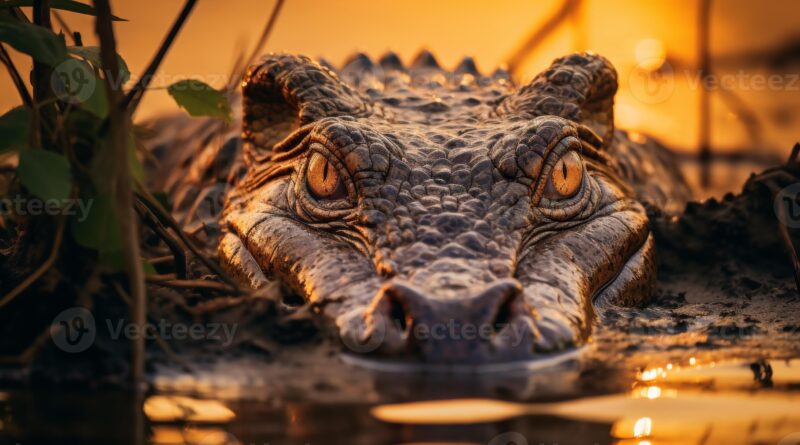Nile Crocodile Natural Habitat
Nile Crocodile Natural Habitat The Nile crocodile (Crocodylus niloticus) is one of Africa’s most iconic and formidable predators, inhabiting a diverse range of aquatic environments. Its natural habitat is crucial to its survival, shaping its behavior, feeding patterns, and ecological interactions. Understanding the natural habitat of the Nile crocodile is not only essential for appreciating its role in the ecosystem but also for implementing effective conservation strategies. This article provides a comprehensive look into the natural habitat of the Nile crocodile, covering its geographical distribution, environmental requirements, human impact, and ongoing conservation efforts.
Geographical Distribution
The Nile crocodile has a broad distribution across sub-Saharan Africa, the Nile Basin, and parts of Madagascar. Its range extends from the Sahelian regions in West Africa to the eastern and southern parts of the continent, including countries such as South Africa, Kenya, Uganda, Tanzania, and Zambia. The species is also found along the Nile River, as its name suggests, and in smaller populations on Madagascar.
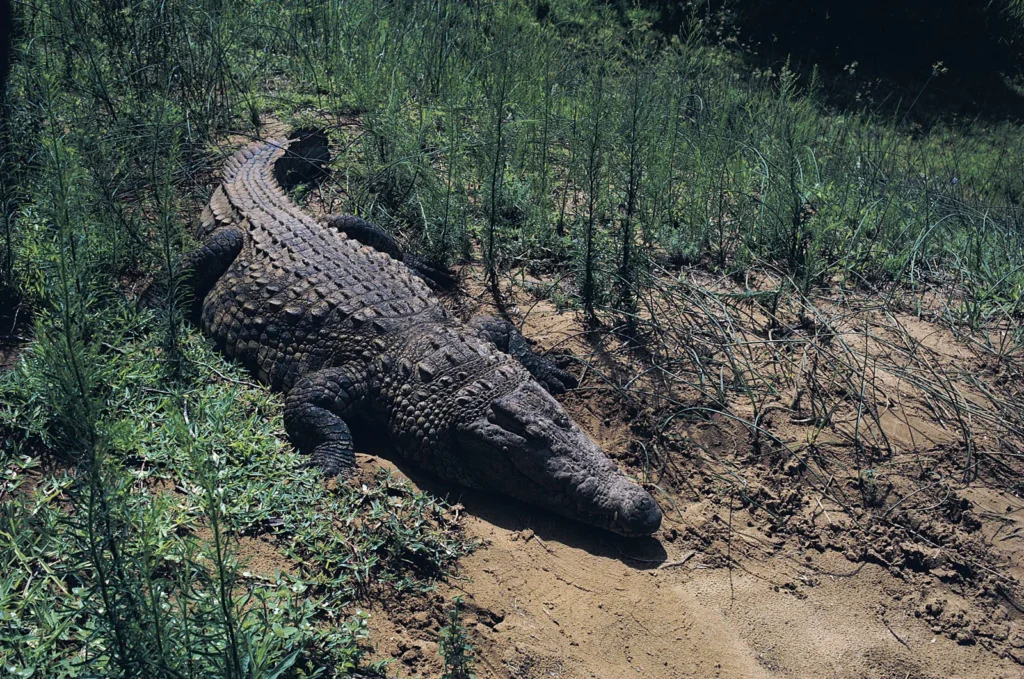
Nile crocodiles are highly adaptable and can thrive in a variety of aquatic habitats, such as rivers, lakes, marshes, estuaries, and even coastal areas. They are capable of living in both freshwater and brackish water, making them one of the most versatile crocodilian species in terms of habitat preference. This adaptability allows them to occupy a wide geographical range, from semi-arid regions to dense tropical forests.
Physical Characteristics of the Habitat
Nile crocodiles prefer habitats with specific physical and environmental characteristics that support their biological needs. Ideal habitats are typically found along large river systems, lakes, and swamps, where the water is relatively deep and slow-moving. They favor locations with dense vegetation along the banks, such as papyrus swamps and riparian forests, which provide cover and nesting sites.
Water temperature and quality are also critical factors. Nile crocodiles are ectothermic, meaning they rely on external sources of heat to regulate their body temperature. Therefore, they are often found basking on riverbanks or exposed sandbanks to absorb the sun’s warmth. Optimal water temperatures for Nile crocodiles range between 25°C to 35°C (77°F to 95°F). The presence of sandbanks and mudflats is essential for thermoregulation, as well as for nesting and breeding activities.
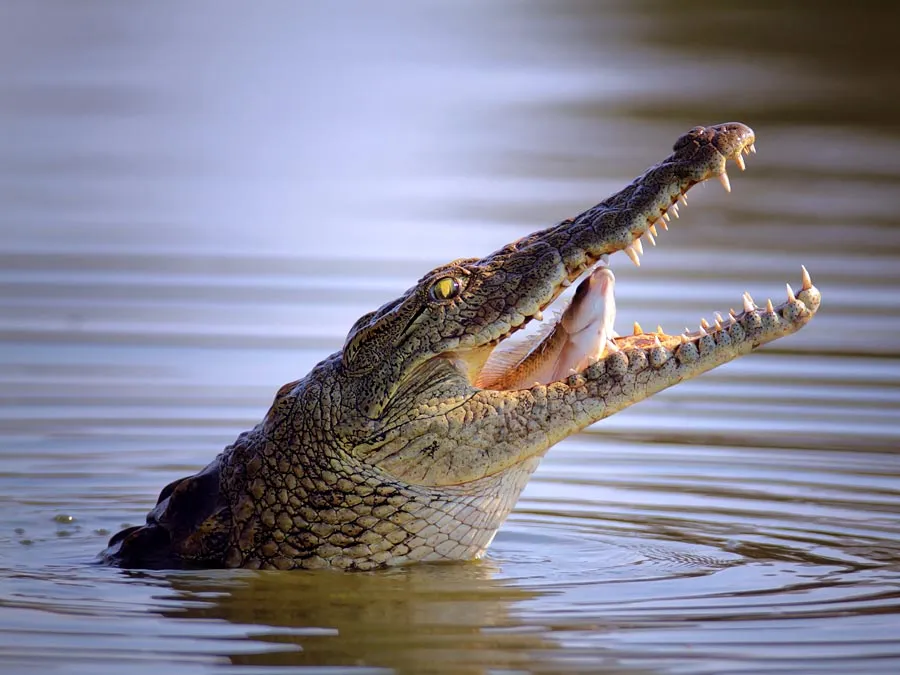
Seasonal changes significantly impact the habitat of Nile crocodiles. During the wet season, rising water levels expand the availability of suitable habitats, providing more food resources and space for crocodiles. In contrast, the dry season often leads to the concentration of water in smaller areas, increasing competition for resources and altering crocodile behavior.
Role of Habitat in Behavior and Ecology
The natural habitat of Nile crocodiles plays a fundamental role in shaping their behavior, feeding patterns, and social structure. As ambush predators, they rely on their habitat to conceal themselves while stalking prey. They prefer areas with low visibility and dense vegetation along the water’s edge, where they can remain undetected by prey such as fish, birds, and mammals.
Nesting and breeding are also closely tied to habitat characteristics. Female crocodiles usually build their nests on sandy or muddy banks near the water’s edge. The availability of suitable nesting sites is crucial for successful reproduction, as the temperature of the nest determines the sex of the hatchlings. Disturbance or loss of nesting sites can negatively impact population dynamics.
Territoriality and social structure within Nile crocodile populations are influenced by habitat availability. Dominant individuals often occupy prime basking spots and feeding areas, while subordinates are pushed to less favorable territories. This territorial behavior ensures that resources are optimally utilized within a given habitat, reducing conflicts and promoting population stability.
Ecological Interactions
Nile crocodiles play a pivotal role as apex predators in their ecosystems. Their presence helps regulate populations of prey species, such as fish, amphibians, birds, and mammals, maintaining a balance within the food web. Their predation can influence the behavior and distribution of other species, contributing to the overall health and stability of aquatic ecosystems.

In some regions, Nile crocodiles may compete with other large predators, such as lions, leopards, and hyenas, particularly when terrestrial prey comes to the water’s edge to drink. Such interactions are part of the dynamic ecological balance in which Nile crocodiles are key players. As scavengers, they also consume carrion, helping to recycle nutrients back into the ecosystem.
Human Impact on Habitat
Human activities have significantly altered the natural habitat of the Nile crocodile. Habitat loss due to agricultural expansion, urbanization, and infrastructure development poses one of the greatest threats to their survival. Wetlands are often drained for farming, and river systems are disrupted by dam construction, which alters water flow and reduces the availability of suitable habitats.
Water pollution is another serious concern. Industrial and agricultural runoff introduces toxins into water bodies, degrading the quality of the habitat and affecting the health of Nile crocodile populations. Pesticides, heavy metals, and other pollutants can accumulate in the bodies of crocodiles, leading to reproductive issues and increased mortality rates.
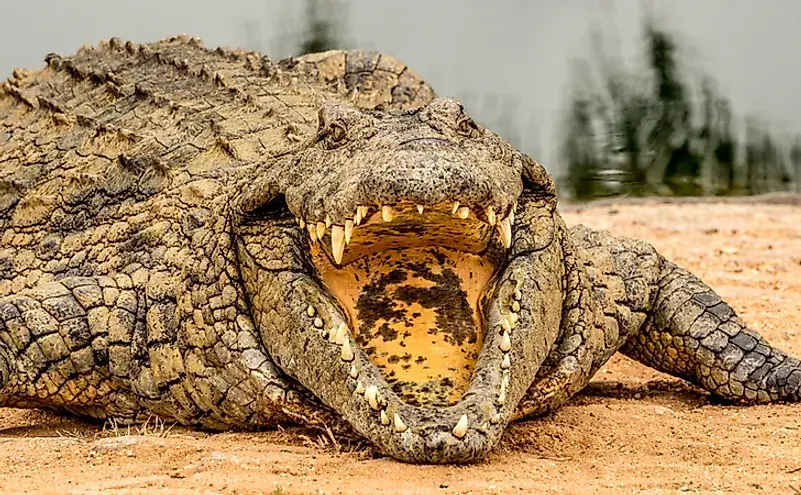
Human-wildlife conflict is a frequent occurrence in regions where Nile crocodiles and people share water resources. Crocodiles may prey on livestock or even attack humans, leading to retaliatory killings. Such conflicts often arise when natural habitats are encroached upon, forcing crocodiles into closer proximity with human settlements.
Conservation Efforts
Several conservation initiatives have been implemented to protect the natural habitat of the Nile crocodile. Protected areas, such as national parks and wildlife reserves, play a crucial role in preserving key habitats. These sanctuaries provide a safe haven for Nile crocodiles, free from human interference and habitat degradation.
Community-based conservation programs are gaining traction, involving local communities in the management and protection of crocodile habitats. Such initiatives focus on education, sustainable use of resources, and conflict mitigation, fostering coexistence between people and crocodiles.
Legal frameworks and policies, such as the listing of the Nile crocodile under Appendix II of the Convention on International Trade in Endangered Species of Wild Fauna and Flora (CITES), regulate the trade of crocodile products and ensure that their populations are not overexploited. These measures contribute to the long-term viability of Nile crocodile populations by protecting their natural habitats and curbing illegal activities.
Future Challenges and Research Directions
The future of Nile crocodile habitats faces several challenges. Climate change is expected to alter precipitation patterns and water availability, impacting the distribution and quality of habitats. Rising temperatures may also affect the sex ratios of hatchlings, skewing populations over time.
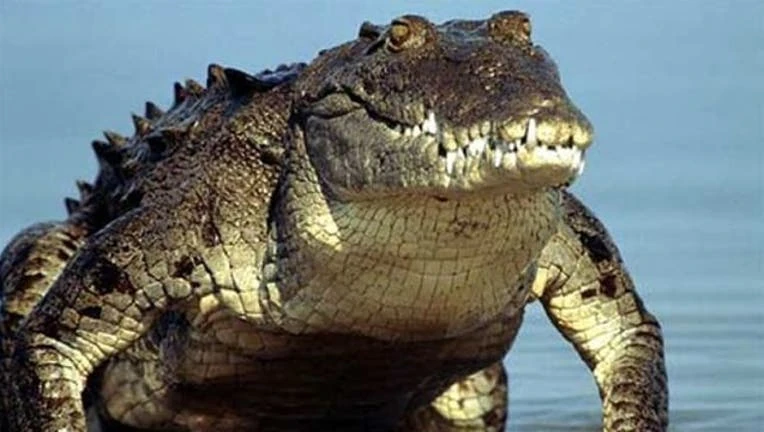
Emerging threats, such as invasive plant species that alter the structure of aquatic habitats, pose additional risks. Invasive species can change water flow and reduce the availability of basking and nesting sites, further complicating conservation efforts.
Research gaps remain in understanding the long-term effects of environmental changes on Nile crocodile populations. More studies are needed to assess the impacts of habitat fragmentation and human activities on crocodile behavior, genetics, and overall health. Such research can inform targeted conservation actions and policy decisions.
Conclusion
The natural habitat of the Nile crocodile is a complex and dynamic environment that influences every aspect of its life. Protecting these habitats is essential for the survival of the species and the health of the ecosystems they inhabit. Conservation efforts must focus on habitat preservation, sustainable management, and community engagement to ensure that Nile crocodiles continue to thrive in the wild. By addressing the threats to their habitats and implementing effective conservation strategies, we can secure a future for these magnificent reptiles and the ecosystems they help sustain.
Frequently Asked Questions
Where are Nile crocodiles typically found?
Nile crocodiles are found across a broad range of sub-Saharan Africa, including countries such as South Africa, Kenya, Uganda, and Tanzania. They also inhabit the Nile River Basin and can be found in parts of Madagascar. They prefer aquatic habitats like rivers, lakes, marshes, and even coastal estuaries.
What type of environment do Nile crocodiles need to survive?
Nile crocodiles thrive in freshwater environments like rivers, lakes, swamps, and marshes, as well as in brackish water estuaries. They need warm water temperatures, abundant food sources, and sufficient vegetation for cover and nesting. They also prefer areas with sandbanks or mudflats for basking and nesting.
How does the habitat influence the behavior of Nile crocodiles?
The habitat of Nile crocodiles directly impacts their hunting, breeding, and social behaviors. They use dense vegetation and murky waters for concealment during hunting and prefer sandy or muddy riverbanks for nesting. Habitat conditions such as water levels and seasonal changes also influence their movement, feeding, and territoriality.
What are the main threats to the natural habitat of Nile crocodiles?
The primary threats to Nile crocodile habitats include habitat loss and degradation due to agricultural expansion, urban development, dam construction, and water pollution. Human activities such as draining wetlands, diverting rivers, and pollution from industrial and agricultural sources pose significant risks. Additionally, human-wildlife conflicts and illegal poaching threaten local crocodile populations.
How do human activities affect Nile crocodile populations?
Human activities lead to habitat destruction and fragmentation, reducing the availability of suitable habitats for Nile crocodiles. Pollution, particularly from pesticides and industrial waste, can harm their health. Additionally, human-crocodile conflicts—such as attacks on livestock or humans—often result in retaliatory killings, further endangering local populations.
What conservation efforts are in place to protect Nile crocodile habitats?
Conservation efforts include the establishment of protected areas such as national parks and wildlife reserves, community-based conservation initiatives, and international regulations under CITES to control trade and protect crocodile populations. These efforts aim to preserve and restore natural habitats while promoting sustainable coexistence between humans and crocodiles.
How does climate change impact Nile crocodile habitats?
Climate change affects Nile crocodile habitats by altering water levels and availability, which can change the distribution and quality of their habitats. Increased temperatures may also skew the sex ratio of hatchlings, potentially impacting population dynamics over time. Understanding these changes is critical for future conservation strategies.
What is the role of Nile crocodiles in their ecosystem?
As apex predators, Nile crocodiles play a crucial role in maintaining the balance of aquatic ecosystems. They regulate prey populations, such as fish and mammals, and help control the health of their habitats. Their presence influences the distribution and behavior of other species, contributing to overall ecosystem stability.
What are some common misconceptions about Nile crocodiles and their habitats?
One common misconception is that Nile crocodiles are only found in the Nile River, while in reality, they inhabit a much broader range across Africa. Another misconception is that crocodiles can live in any body of water—however, they have specific habitat requirements related to water quality, temperature, and prey availability.
What can be done to support Nile crocodile conservation?
Supporting Nile crocodile conservation involves preserving their natural habitats, reducing pollution, and minimizing human-wildlife conflict. Community involvement, sustainable tourism, and adherence to legal protections under international agreements like CITES are also essential. Awareness campaigns and research initiatives can further contribute to their conservation and protection.
